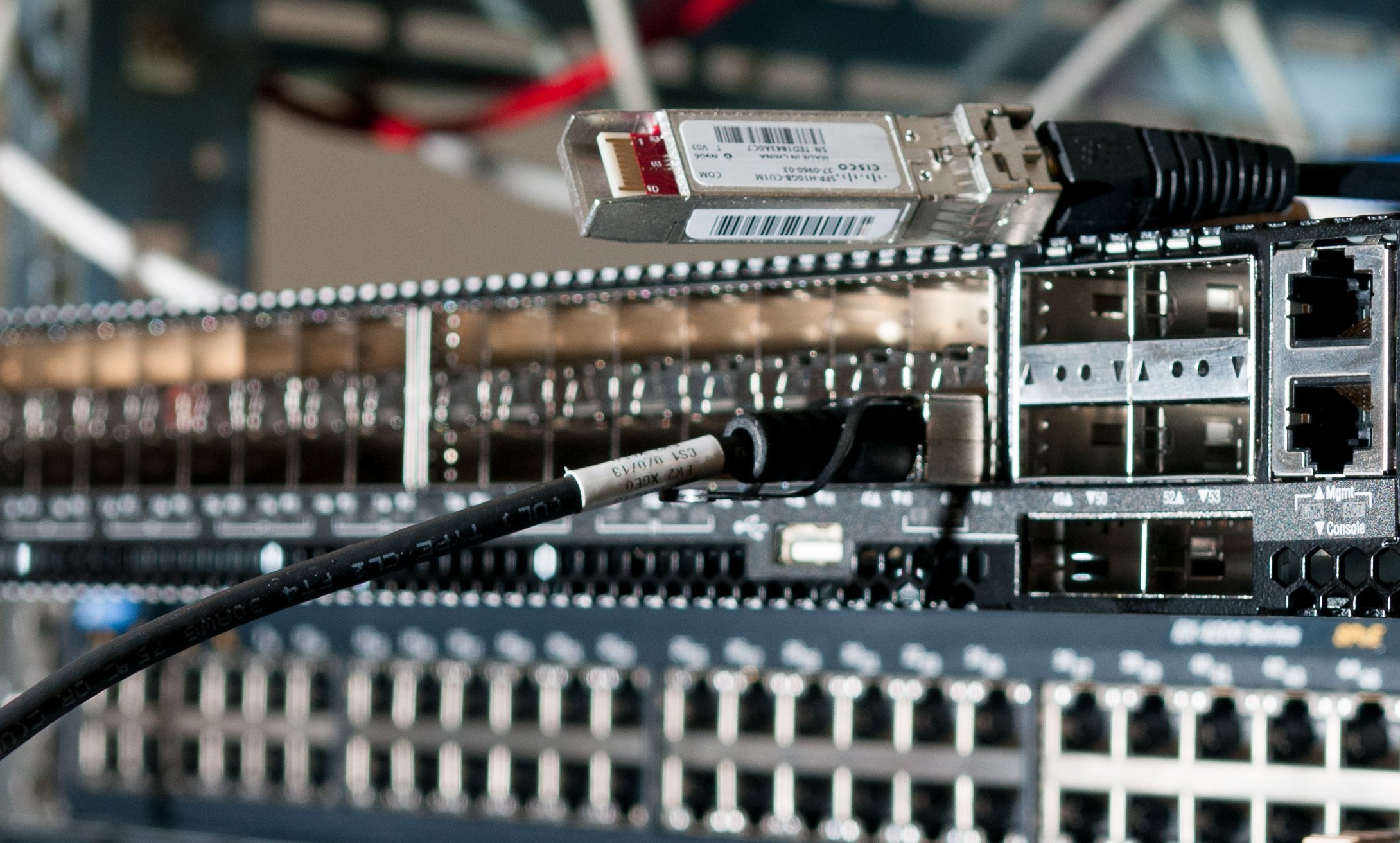bash has many things that just works automagically. Did you know it has a built-in pseudo-random number generator? Let’s play games!
Before continuing, note that this is pseudo-randomization with a small footprint. DO NOT use it for security, scrambling, passwords, or anything even scarcely security related.

The random function in bash is called by the magic variable RANDOM. It gives you a more or ... [continue reading]











